Café des Muses.
In an elegant and calm setting.

"Welcome to the Café des Muses"
Café des Muses
After decades of silence, the Café des Muses, located on the ground floor of the Hôtel du Quai Voltaire, is back in business, offering a refined setting for lovers of culture and conviviality. Richly hand-decorated, this iconic venue is reborn in a spirit of French elegance.
Schedules
Breakfast
We offer a buffet every day, from 7:00 a.m. to 11:00 a.m., in our restaurant, “Le Café des Muses,” located on the ground floor.
Bar
Tea time, snacks, aperitifs, cocktails, Le Café des Muses welcomes you every day from 2 p.m.
The bar
Delicate moldings, sparkling chandelier, patinated woodwork, come and have a drink in the enchanting setting of Café des Muses.
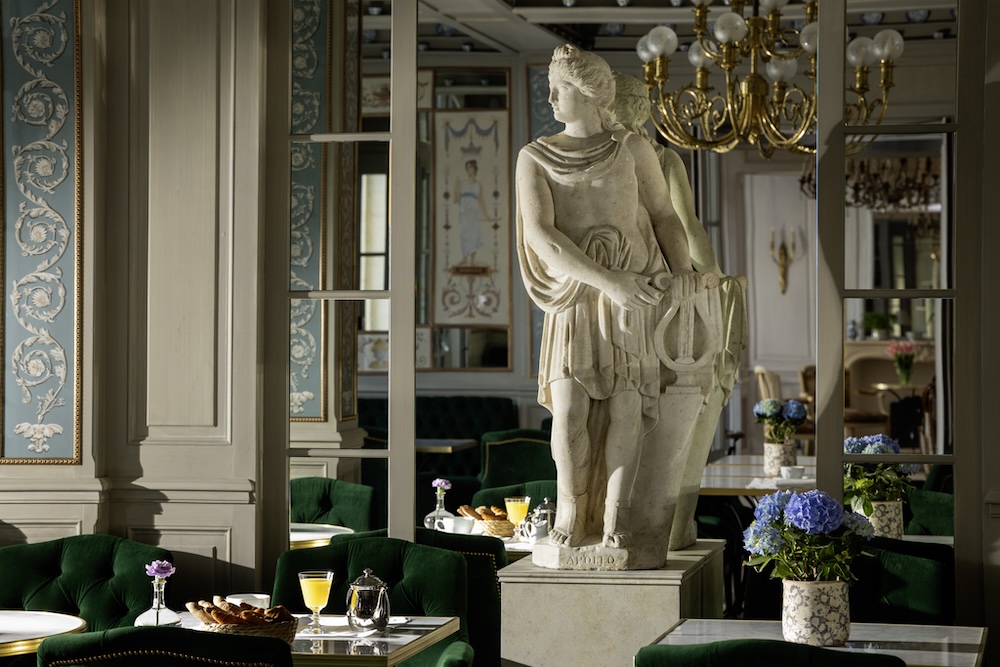
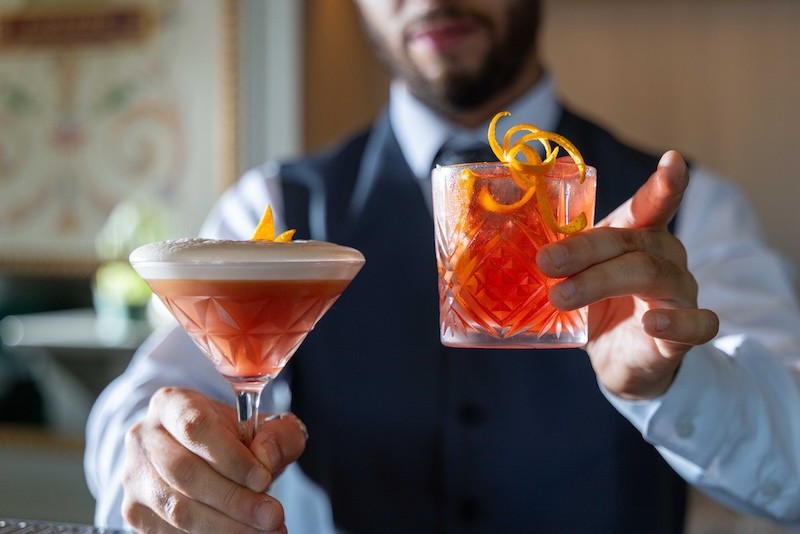
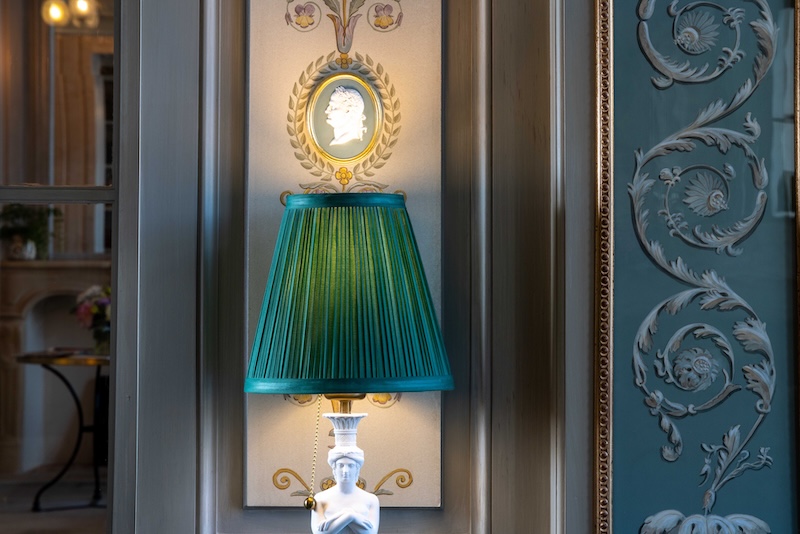
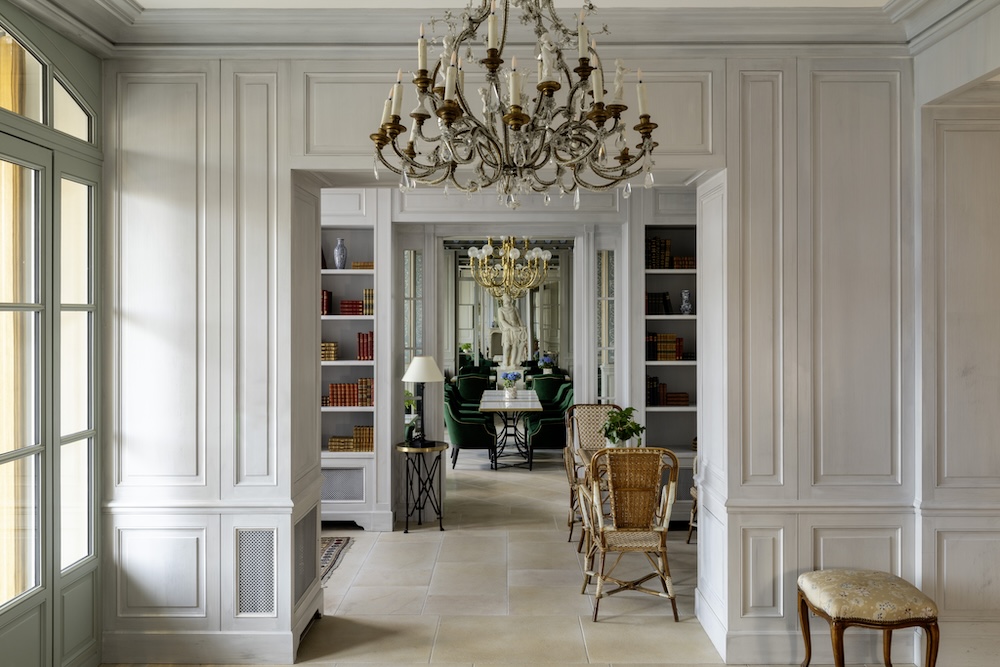
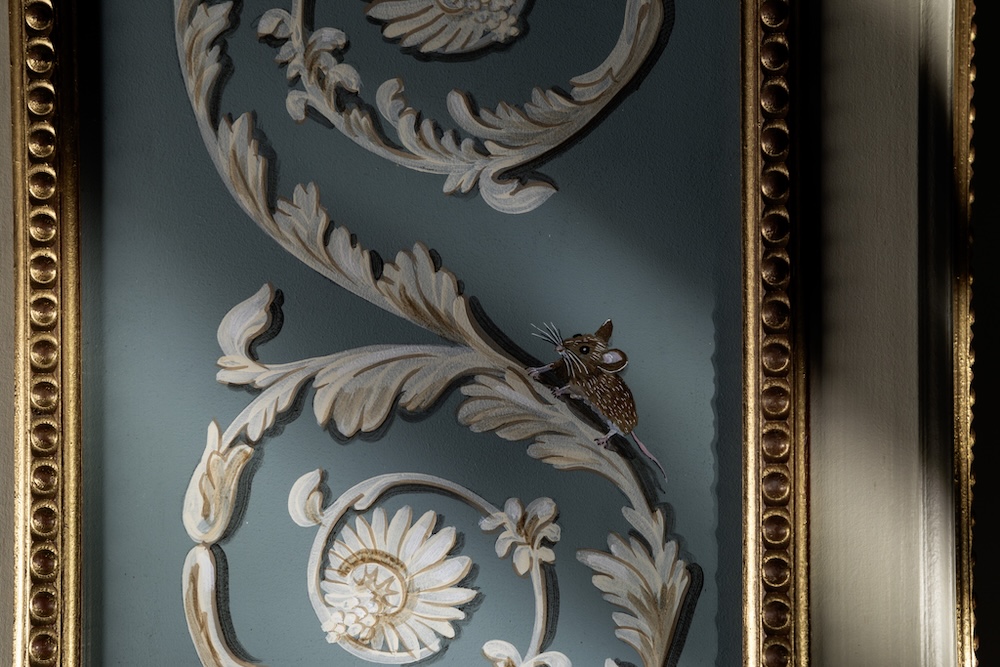
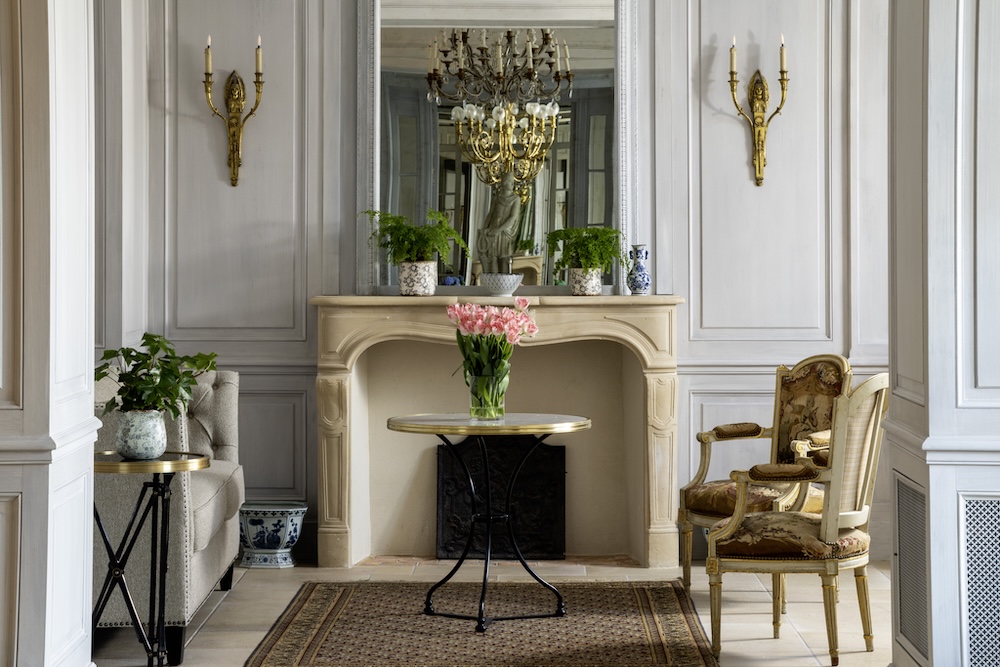

“Welcome to our new Parisian setting”
History of the porcelain of the Café des Muses
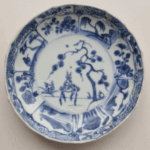
The majority of our collection is on display at the Café des Muses at the Hôtel du Quai Voltaire.
Some pieces are also available for purchase by our guests in the Dutch display case located in the hotel lobby. The Hôtel du Quai Voltaire is a fitting setting for these treasures, as Voltaire himself, a renowned Sinophile, praised the art, culture, and ancient forms of government of China in several of his writings, including: Lettres Chinoises, Indiennes et Tartares and L'Histoire philosophique et politique des établissements et du commerce des Européens dans les deux Indes.
In 1998, off Cape Ca Mau, at the southern tip of Vietnam, fishermen discovered a treasure trove of porcelain. The Vietnamese Ministry of Culture and the Vietnam Salvage Company immediately secured the site and discovered the source of the treasure: a 28-meter Chinese junk lying on its side, 40 meters underwater, heading for Batavia (Jakarta).
The shipwreck occurred in 1725. The Pan family's merchant ships held exclusive rights to transport Chinese porcelain to Batavia, and then to Europe via the Dutch East India Company (Vereenigde Oost-Indische Compagnie).
The junk's cargo included more than 130,000 pieces of porcelain from Jingdezhen, a Chinese city where ceramics have been produced since the 14th century, renowned for their distinctive blue and white colors.
This priceless discovery was the subject of a meticulous inventory. The Ca Mau and Binh Thuan museums preserved representative pieces of the treasure and commissioned Sotheby's Amsterdam to auction the rest of the collection.
The sale attracted collectors and museums from around the world. Some pieces are now held by institutions such as the British Museum and the Victoria and Albert Museum, as well as by private collectors. We were fortunate to find the pieces that make up our collection at a leading antiques dealer on the Quai Voltaire.
The majority of our collection is on display at the Café des Muses at the Hôtel du Quai Voltaire.
Some pieces are also on sale for our guests, in the Dutch display case located in the hotel lobby.
The Hôtel du Quai Voltaire is a fitting setting for these wonders, as Voltaire himself, a renowned Sinophile, praised the art, culture, and ancient forms of government of China in several of his writings, including: Lettres Chinoises, Indiennes et Tartares and L'Histoire philosophique et politique des établissements et du commerce des Européens dans les deux Indes.
In The Essay on Morals, Voltaire mentions Jingdezhen (Quientzeng) as the "simple village" where the Chinese make porcelain and, recognizing their primacy in this art, he writes: "We cannot say at what time their porcelain was invented, nor this beautiful glaze that we are only just beginning to imitate and equal in Europe."
We conclude this story a few steps from the mansion where Voltaire spent the last year of his life, with these words from the author himself:
Porcelain and its fragile beauty
From this impasto-like enamel,
Prepared for you by a thousand hands,
Fired, refired, and painted, and dappled
Voltaire, Defense of the Worldly or The Apology of Luxury (1737)

